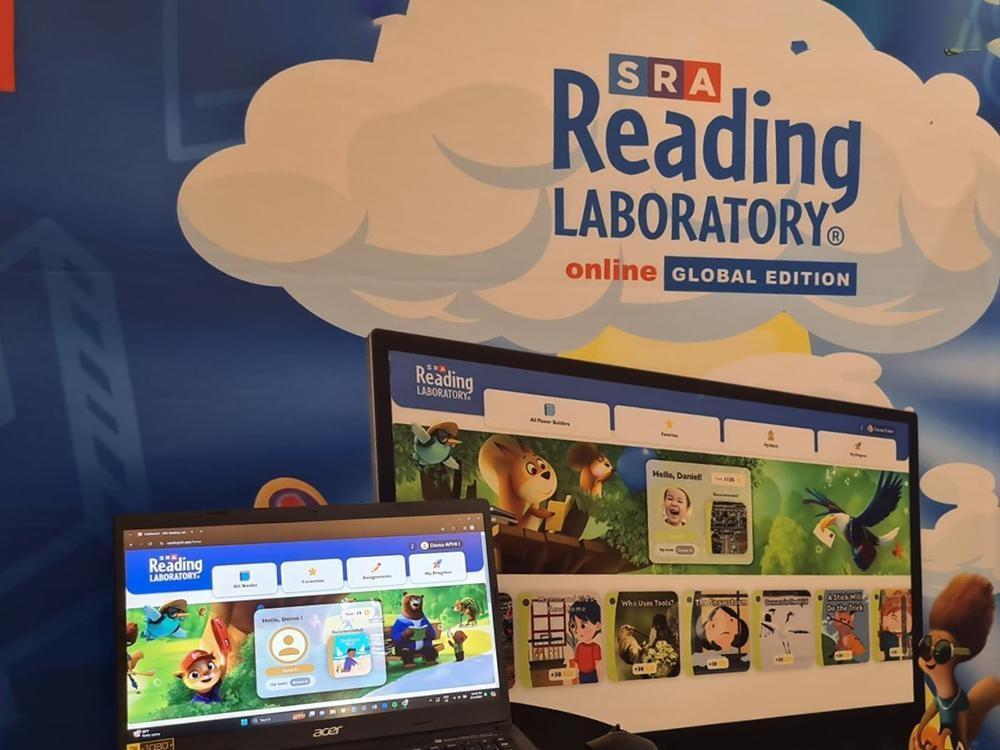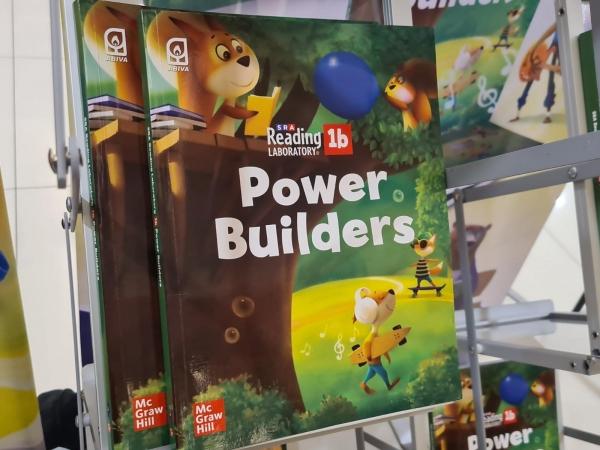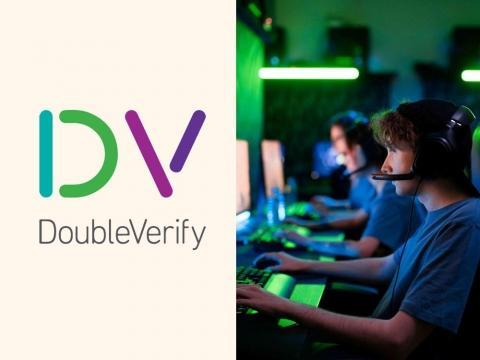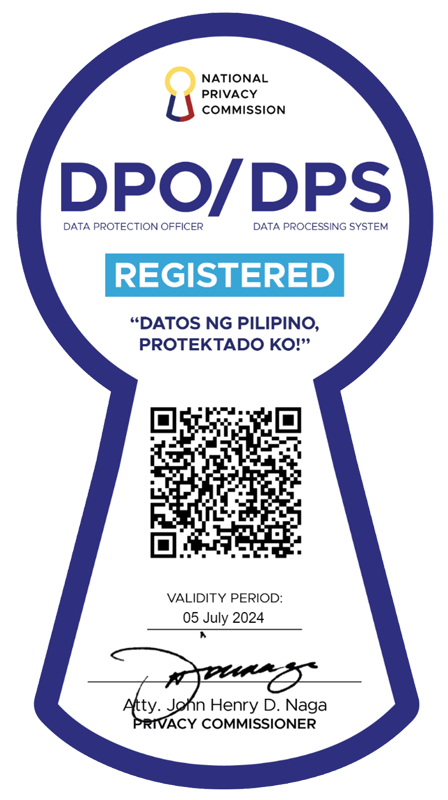Updated reading program addresses learning gap

The 2022 PISA student assessment conducted by OECD showed that the country is sixth among the worst countries in reading, sixth in mathematics, and third in science. It also showed that on average 15-year-old learners scored 347 in reading compared to an average of 476 points in OECD countries.
In the same year, a World Bank study revealed that 91 percent of children in the Philippines at late primary age are not proficient in reading. More than half of young learners in low and middle-income families cannot read and understand a simple story by the end of primary school.
“Filipino children on average lag significantly behind their regional counterparts. Despite the efforts at improving literacy rates by various sectors, a significant portion of our students still struggle with grasping and interpreting reading texts, and many exhibit difficulties in understanding complex materials, analyzing arguments, and synthesizing information, which are all crucial for higher-level education,” asserts Dr. Heidi Macahilig, Director, Education Policy Research Development Office, Philippine Normal University.
Reading Association president Dr. Rosalyn Mirasol also revealed a phenomenon called the Fourth Grade Slump.
“After the third grade, literacy instruction starts to transition to comprehension of texts and critical thinking, while other subject areas also start to incorporate an increasing amount of print learning materials. It becomes assumed that students will be able to successfully decode age-appropriate written texts while understanding them,” Mirasol notes. “If by the fourth-grade students are not able to read with fluency and automaticity, they spend excessive amounts of energy trying to figure out words, which is cognitively exhausting and diminishes confidence.”
The way forward, Mirasol states, is to create a literacy-rich environment to cultivate the reading culture, with a triangulation of Home, School, and Community.
Recognizing the importance of developing reading skills, Abiva Publishing House introduced the SRA Reading Laboratory in the Philippines in 1965. A proven K to 12 level reading program for more than 60 years, SRA has been shown to help improve the reading and independent learning skills of more than 100 million students in 63 countries.
“SRA helps students develop a healthy reading habit, building small steps over a period of time, with different learning tracks to address the cognitive ability of each student, and providing them with a sense of achievement to build their confidence in their learning journey. It also supports teachers with tools for differentiated instruction to support the students' reading development,” states Christine Hwang, Senior Literacy Curriculum Consultant at McGraw Hill Education-Asia, global publisher of SRA.
“Success builds success. Reading is a tool for success, and SRA gives every child the ability to learn in their individual capacity, with a degree of success. No child is left behind,” adds Krystyna Hue, Business Director of McGraw Hill Education-Asia.
To give students more opportunities to practice reading and improve fluency, and to help address the prevalent learning gap among Filipino students, Abiva Publishing House is launching two new versions of the SRA Reading Laboratory alongside the traditional kits: the web-based digital version, and the book version which is the first in the world.
The traditional SRA Reading Laboratory kits contain Power Builder Cards in different color levels, the Answer Key Cards. Scores are recorded and filled out to track the students' progress charts.
The SRA Reading Laboratory Online may be accessed through www.readinglab.app where students may log in, take a placement test, read Power Builders, and complete post-reading exercises. Students listen to stories, record themselves, and practice fluency. For each completed Power Builder, students earn points. They receive instant feedback and an automated progress chart.
The 2024 Power Builders, on the other hand, is a six-book version that combines leveled stories and exercises in each book. Included are a Starter Booklet to determine starting color, the Power Builder book, and the Answer Key Booklet. Students read Power Builders at their current level, answer all the skills exercises, record their scores, and track their improvement in their own progress charts.
With the aim to promote literacy and ignite a passion for reading, Abiva has launched the SRA Reading Laboratory Online and Power Builders in key cities across the country: Quezon City last March 14, Cebu City on March 16, and Davao and Cagayan de Oro on March 22 and 23, respectively.
The launch includes talks from education leaders on key issues in reading such as “Addressing Learning Poverty through Reading” by Dr. Rosalyn Mirasol; “Reading Towards College and Career Readiness” by Dr Heidi Macahilig and Dr Janet Tan, College Center Reading Center, Ateneo de Manila University; and “Parents as Partners in Establishing a Reading Culture” by Christine Hinayon-Pepito, English Area Coordinator of St. Theresa's College- Cebu.
Krystyna Hue tackles “Supporting Learning Recovery with Trusted Reading Programs” while Christine Hwang presents the Latest SRA Reading Laboratory Solutions.
By championing SRA, Abiva Publishing continues to play a vital role in enhancing reading proficiency among Filipino students and contributing to the overall improvement of education standards in the Philippines.








